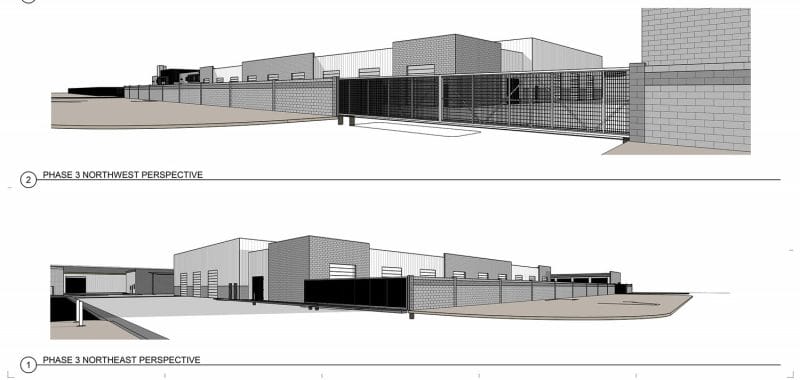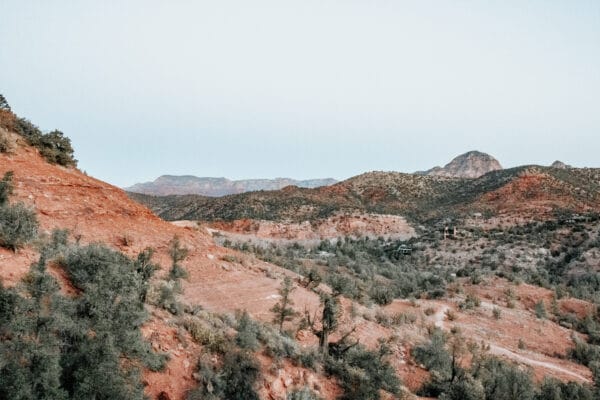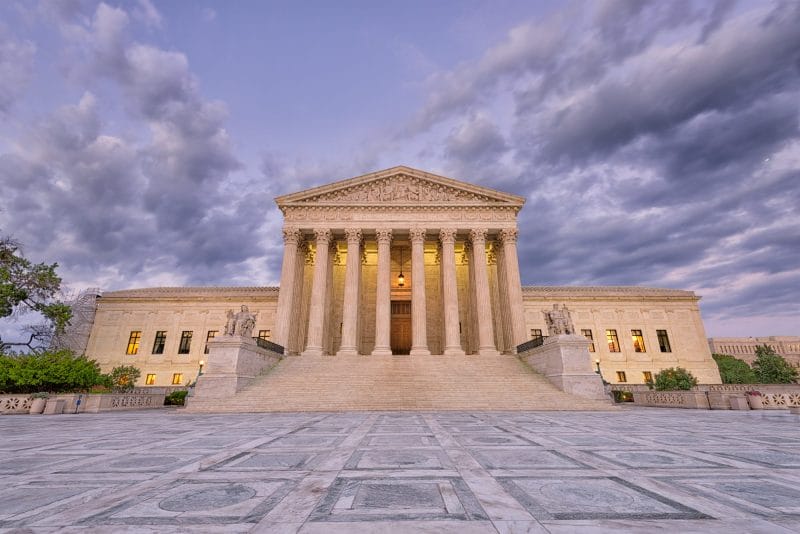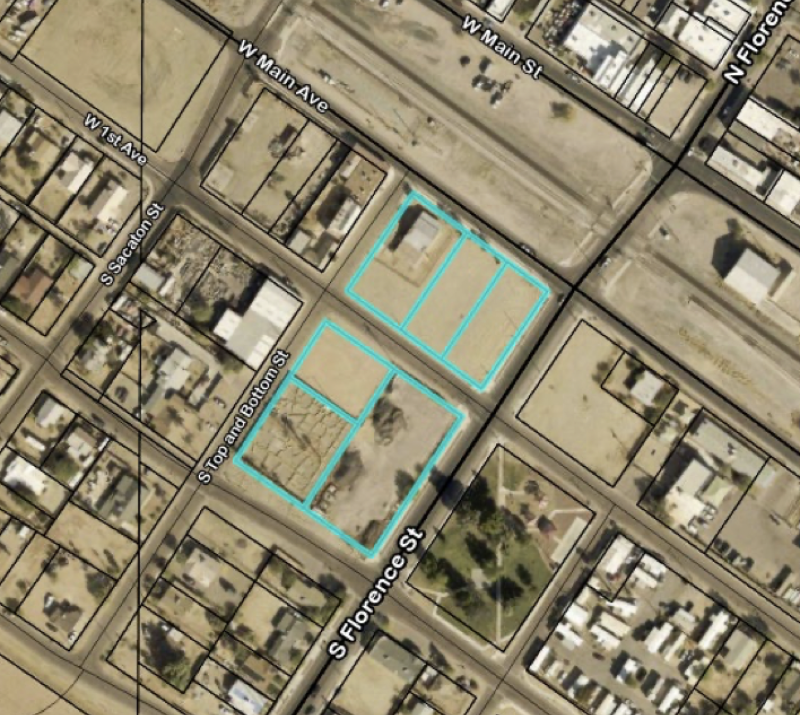Standing at the confluence of the Colorado rivers.
Debra Utacia Krol
Arizona Republic
The Little Colorado River’s turquoise blue waters and the place where they comingle with the larger Colorado on its path through the Grand Canyon create a place that calls people to explore one of the Southwest’s most intriguing regions.
The Confluence.
The area is held sacred by several Indigenous peoples in the region, including the Hopi, Navajo and Zuni peoples. It’s also the stronghold of the humpback chub, a minnow species that has survived in the Colorado River Basin’s warm-water canyons for about 3.5 million years, but whose existence is threatened by dams and invasive species.
But the Confluence is only the end of the Little Colorado and its story.
Along the 338-mile journey from high in Arizona’s White Mountain Apache tribal lands to its final stretch in the Canyon, the Little Colorado has left its mark on Indigenous cultures and settler farmers seeking to wrest a living from the wind-blown mesas in northeastern Arizona. It has fed dreams of developing the Confluence into a place where masses of tourists could ride a tram to the canyon floor, and it has sparked the possibility of electric current generation within its basin. Efforts to preserve an ancient fish threatened by human activities and to maintain the river’s other natural resources remain a constant struggle.
It’s a story that reflects the ongoing struggle between people who see the Little Colorado’s waters and landscapes as a resource to tap and those who seek to preserve it as a place of worship, quietude and rugged, untouched beauty.
Small river, big footprint
The Little Colorado, one of the U.S.’s rare north-flowing rivers, bubbles up from the ground on the eastern flank of Mt. Baldy in the White Mountains, meanders through the high mesas of eastern Arizona and the Painted Desert, and parallels the western edge of the Navajo Nation to the Confluence.








